Surface Defect Detection Model of Motor Commutator Based on Semantic Segmentation
DOI: 10.23977/jemm.2021.060110 | Downloads: 26 | Views: 2090
Author(s)
Shenghan Hu 1
Affiliation(s)
1 College of Logistic Engineering, Shanghai Maritime University, Shanghai 201306, China
Corresponding Author
Shenghan HuABSTRACT
The surface defect detection of industrial parts is very important in industrial automation production, but there are problems with the small number of defect samples and the small-scale defect. To solve the above problems, this paper proposes a surface defect detection model of motor commutator based on semantic segmentation. The model is divided into two parts: segmentation network and classification network. First, the segmentation network uses an encoder-decoder to better capture small targets. The encoder uses an improved lightweight network MobileNet V3 as a feature extractor. Effectively learn the optimal features from a small number of samples, and improve the segmentation accuracy of the network. Then the classification network uses the segmentation results to make predictions, and the segmentation results provide interpretability for the prediction of the classification network. Experiments show that the proposed model has good generalization ability on a small number of samples, can effectively detect small-scale defect, and has high accuracy.
KEYWORDS
10.23977/jemm.2021.060110CITE THIS PAPER
Shenghan Hu. Surface Defect Detection Model of Motor Commutator Based on Semantic Segmentation. Journal of Engineering Mechanics and Machinery (2021) Vol. 6: 85-93. DOI: http://dx.doi.org/10.23977/jemm.2021.060110.
REFERENCES
[1] TAO X, ZHANG D, MA W, et al. Automatic Metallic Surface Defect Detection and Recognition with Convolutional Neural Networks [J]. Applied Sciences, 2018, 8(9):
[2] MEI S, WANG Y, WEN G. Automatic Fabric Defect Detection with a Multi-Scale Convolutional Denoising Autoencoder Network Model [J]. Sensors, 2018, 18(4):
[3] HOWARD A, SANDLER M, CHEN B, et al. Searching for MobileNetV3; proceedings of the 2019 IEEE/CVF International Conference on Computer Vision (ICCV), F, 2020 [C].
[4] CHAO P, ZHANG X, GANG Y, et al. Large Kernel Matters - Improve Semantic Segmentation by Global Convolutional Network; proceedings of the 2017 IEEE Conference on Computer Vision and Pattern Recognition (CVPR), F, 2017 [C].
[5] SPRINGENBERG J T, DOSOVITSKIY A, BROX T, et al. Striving for Simplicity: The All Convolutional Net [J/OL] 2014, arXiv:1412.6806[https://ui.adsabs.harvard.edu/abs/2014arXiv1412.6806S.
[6] TABERNIK D, SELA S, SKVARC J, et al. Segmentation-based deep-learning approach for surface-defect detection [J]. Journal of Intelligent Manufacturing, 2020, 31(759-776).
[7] LIU G, YANG N, GUO L, et al. A One-Stage Approach for Surface Anomaly Detection with Background Suppression Strategies [J]. Sensors (Basel), 2020, 20(7):
[8] CHEN L-C, ZHU Y, PAPANDREOU G, et al. DeepLabv3+:Encoder-Decoder with Atrous Separable Convolution for Semantic Image Segmentation [M]//FERRARI V, HEBERT M, SMINCHISESCU C, et al. ECCV (7). Springer. 2018: 833-851.
[9] RONNEBERGER O, FISCHER P, BROX T. U-Net: Convolutional Networks for Biomedical Image Segmentation, Cham, F, 2015 [C]. Springer International Publishing.
| Downloads: | 11173 |
|---|---|
| Visits: | 430098 |
Sponsors, Associates, and Links
-
Cybernetics and Mechatronics
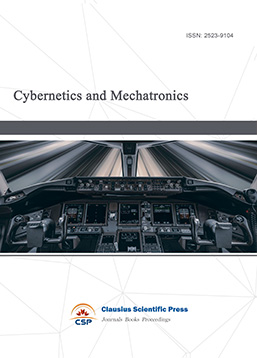
-
Digital Manufacturing and Process Management
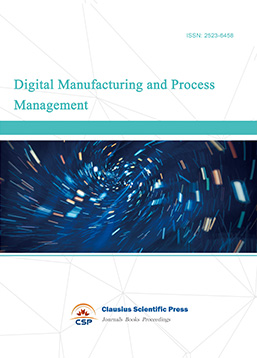
-
Ultra-Precision Machining Process

-
Journal of Robotics and Biomimetics
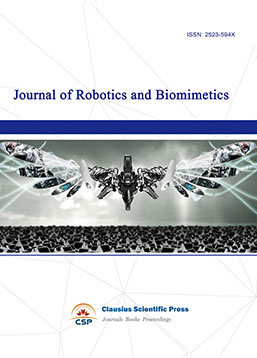
-
Prognostics, Diagnostics and Health Management

-
Micro-Electro-Mechanical Systems

-
Journal of Precision Instrument and Machinery
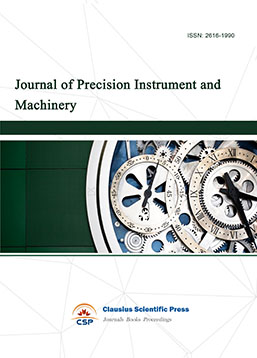
-
Engineering and Solid Mechanics

-
Fracture and Damage Mechanics
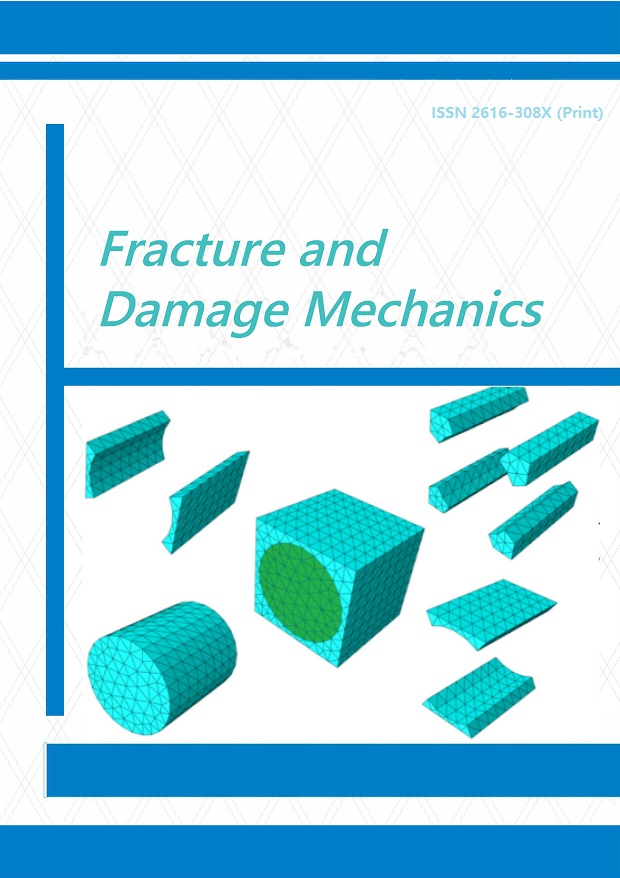
-
Frontiers in Tribology

-
Fluid and Power Machinery

-
Chemical Process Equipment

-
Journal of Assembly and Manufacturing

-
Mechanical Vibration and Noise


 Download as PDF
Download as PDF